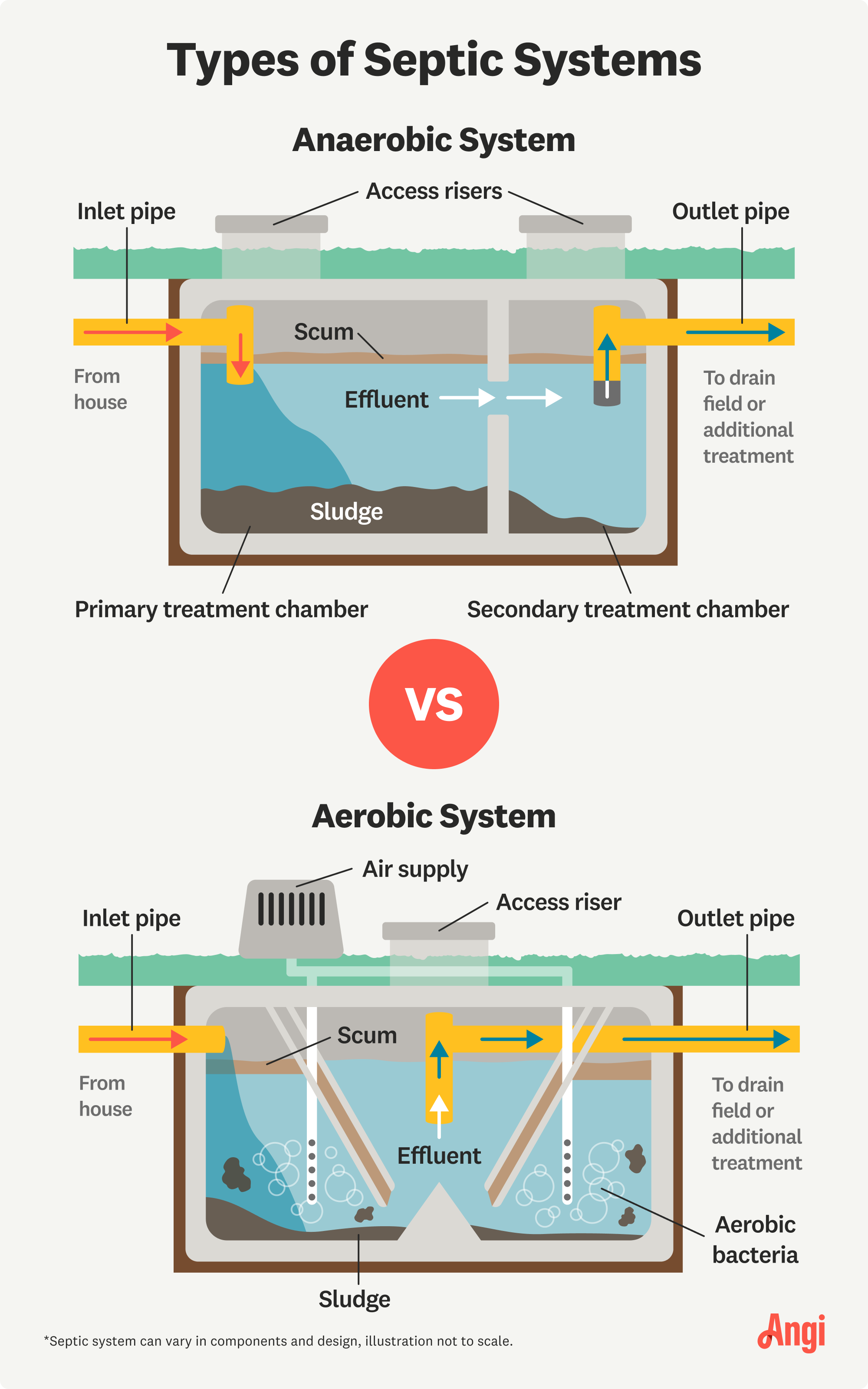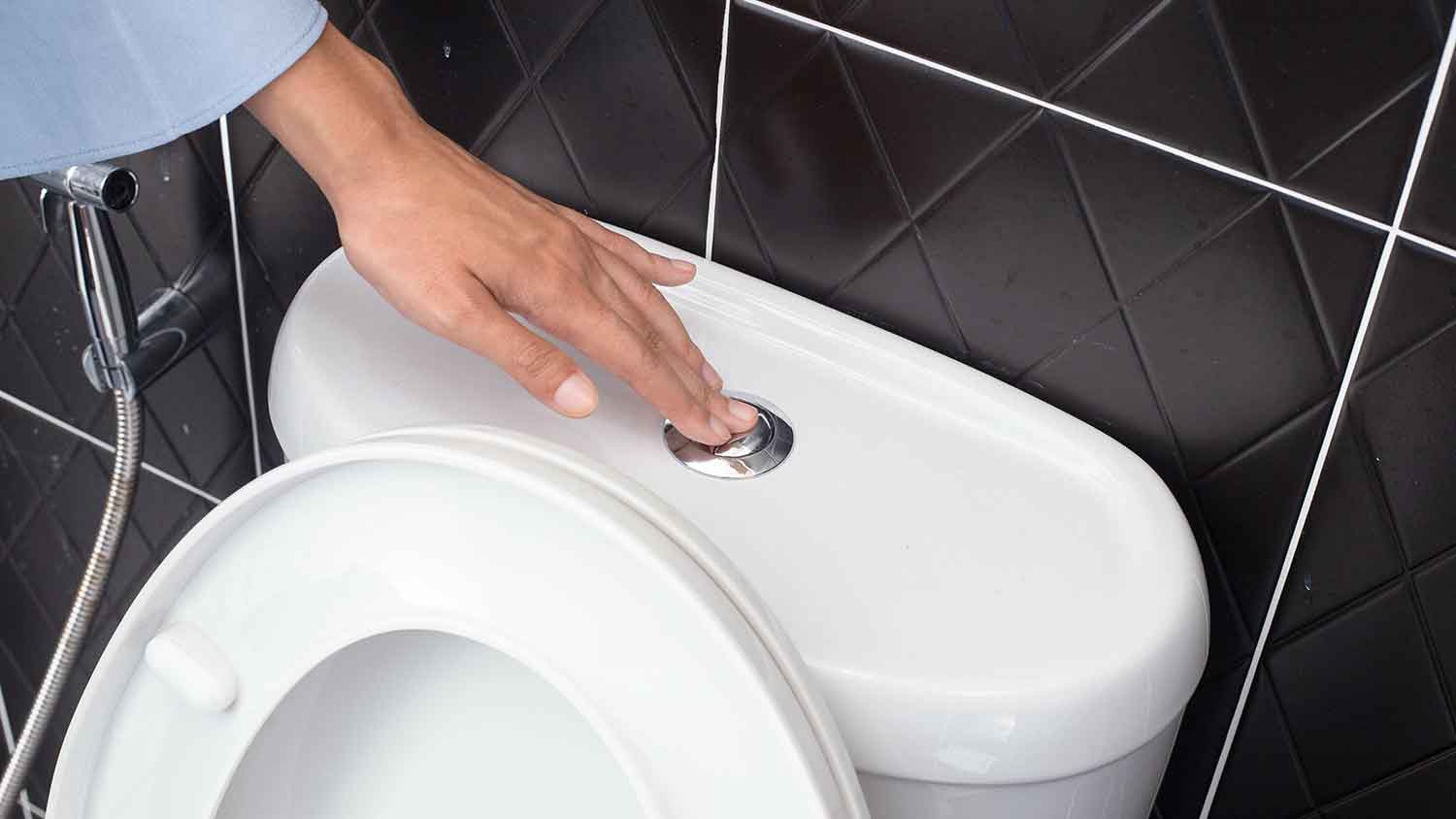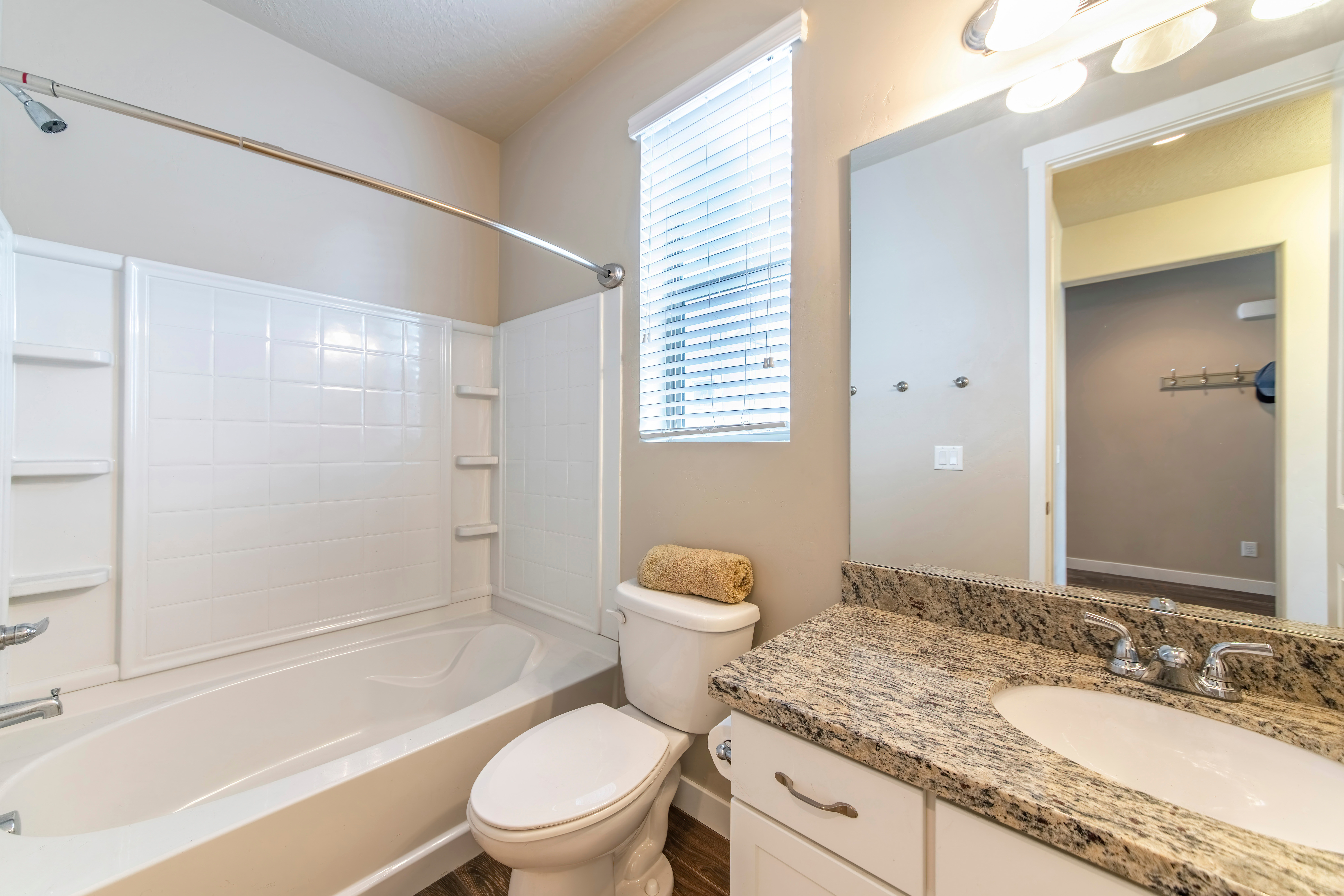
Need to know what sewer line replacement costs? This guide will help you prepare to budget for sewer line replacement done by local contractors.
Septic tank service costs depend on your project and location. Check with a local pro for your specific job.
All septic systems in Massachusetts must meet the requirements set by Title 5.
Homes in Boston may have clay soil or high water tables that increase installation costs.
Most homes in the area must have a 1,000- to 1,500-gallon tank at a minimum.
You’ll need to hire a licensed septic tank installer to complete or oversee your installation.
Septic systems are common in Massachusetts, but replacing one can be costly. The cost to install a septic system in Boston is $9,766 on average, with most homeowners spending between {AvgRangMinCost} and $15,217. Costs are higher than the national average due to challenging soil conditions and strict environmental regulations—but there may be areas in which you can shave money from your budget. Price out your installation with the cost factors like tank size, materials, and site prep.
Many homeowners in Boston, Massachusetts, will need to upgrade their septic tanks over the next five years due to new watershed permit regulations. Massachusetts has strict septic system installation requirements, which impact the process and price. Here are some of the biggest cost factors.
The septic tank size you need will depend on the number of bedrooms your home has. For a three- or four-bedroom home, you’d need a 1,000-gallon septic tank, which costs $900 to $2,500 for the tank alone.
Larger houses tend to have more sinks, toilets, bathtubs, and other wastewater sources that flow into the septic tank. Small septic tanks cost the least, but you may find that single-family homes in Boston require a minimum 1,000- to 1,500-gallon tank, depending on the town. As tank size increases, so do costs.
| Tank Size (Gallons) | Number of Bedrooms | Average Cost Range |
|---|---|---|
| 1,000 | 3–4 | $900–$2,500 |
| 1,250 | 5–6 | $2,000–$3,800 |
| 1,500 | 6–7 | $2,500–$4,100 |
| 2,000 | 7+ | $4,000–$5,000 |
Septic tanks are commonly made of plastic, concrete, or fiberglass, with fiberglass tending to be the most expensive. Here’s how much a tank costs based on each material.
| Material | Average Cost (Tank Only) | Pros | Cons |
|---|---|---|---|
| Concrete | $700–$2,400 | Highly durable | Prone to cracks during the freeze-thaw cycle |
| Plastic | $500–$3,200 | Easy to install and budget-friendly | Lowest durability |
| Fiberglass | $1,200–$4,100 | Easy to install and resists cracking and algae | Most expensive |
Concrete septic tanks are extremely resistant to buoyancy, so consider concrete instead of plastic if you live in a flood-prone area.

Each type of septic system comes with its own set of pros and cons. While anaerobic systems are relatively low-maintenance, they aren’t great for small properties. Similarly, anaerobic systems can do well in small spaces but require extra work.
| Anaerobic | Aerobic |
|---|---|
| Anaerobic bacteria break down waste | Aerobic bacteria break down waste |
| More affordable | More expensive |
| Uses fewer chemicals | More efficient |
| Needs a larger leach field | Good for smaller properties |
Anaerobic: Anaerobic systems are more common and cost $3,000–$8,000. They’re less costly than aerobic systems and don’t need extra power or chemicals, but they’re less efficient and require a larger leach field. A pipe runs from the house to the septic tank, where another pipe runs into the leach field. Anaerobic bacteria break down solid waste before the system distributes the wastewater into the soil.
Aerobic: Aerobic septic systems utilize oxygen pumped into the tank to activate bacteria that feed on the solid waste. They’re more expensive at $10,000–$20,000 but are more efficient and work well on smaller properties. They require additional power to run, so hook yours up to a power generator in case of a power outage. Otherwise, these systems can plug into your property’s main power source.
Site prep is particularly important in Massachusetts, where challenging soil conditions or high water tables can require specific types of septic systems. Boston, in particular, is known for Blue Clay. This type of clay soil has poor drainage, and you may need to install an engineered or alternative system, like a mound septic system.
Here are some common land prep costs:
Land Survey: You’ll need to get a land survey before installing a septic system to ensure your plans fall within property lines and meet environmental regulations. Expect to spend $330–$900 to hire a licensed land surveyor.
Percolation Test: Before the installation, you need a local perc test pro to perform a percolation test. This can also be done by the engineer designing your septic system or a Massachusetts-certified soil evaluator. The test measures water drainage in the soil, soil type, and the height of each sediment layer on your property to determine the best type of septic system for you. The cost to test your soil is $400–$1,400.
Leach Field Installation: Septic tank systems consist of a septic tank and a trench referred to as a leach field or drain field. This section of the system transports the wastewater back to the soil. Drain field installation costs $5,000–$12,000, but if you have clay soil, an engineered or alternative system could cost significantly more.
You’ll need to hire a local septic tank company to help you navigate the regulations in Boston. This includes testing the soil, surveying the land, creating a design that adheres to guidelines, and handling the permitting and inspection process. Here’s how the pro costs break down.
Labor costs make up 50% to 70% of the total project cost. All septic tank installers in Boston, MA must hold a license. Even if you want to install the system on your own, a licensed installer will need to oversee your work.
Permits to install your septic system will cost between $100 and $1,200, depending on the extent of the project and the local regulations in your specific area. For example, Boston suburbs have different rules than Boston proper. You might have to pay an additional $500 to $700 if your septic system is near or on wetlands. Before starting your installation, you’ll need approval from the state Board of Health and Building Department. In Massachusetts, new or upgraded septic tanks must meet Title 5 requirements. These rules dictate installation, use, and maintenance and are designed to protect the environment and public health.
A working septic system won’t impact the value of your home, but you may not be able to sell your home if your septic system doesn’t meet Title 5 regulations. In Massachusetts, barring a few exceptions, your system needs to be inspected before you close on a sale. If your system doesn’t pass, you’ll need to repair or replace it.
Septic tank repair costs $650 to $3,050, but to meet regulations, you may need to fully upgrade an older system.
Home is the most important place on earth, which is why Angi has helped more than 150 million homeowners transform their houses into homes they adore. To help homeowners with their next project, Angi provides readers with the most accurate cost data and upholds strict editorial standards. We survey real Angi customers about their project costs to develop the pricing data you see, so you can make the best decisions for you and your home. We pair this data with research from reputable sources, including the U.S. Bureau of Labor Statistics, academic journals, market studies, and interviews with industry experts—all to ensure our prices reflect real-world projects.
Want to help us improve our cost data? Send us a recent project quote to [email protected]. Quotes and personal information will not be shared publicly.
From average costs to expert advice, get all the answers you need to get your job done.

Need to know what sewer line replacement costs? This guide will help you prepare to budget for sewer line replacement done by local contractors.

Need to know what sewer line replacement costs in Philadelphia, PA? This guide will help you prepare to budget for sewer line replacement done by local contractors.

Sewer line replacement is expensive, but going trenchless could save you cash in other ways. Here’s how much trenchless sewer line replacement costs.

Odor problems in the laundry room? We discuss why your washing machine smells like sewage and how to fix those stinky plumbing issues.

Septic tanks are kept underground, so checking the levels inside can be a challenge. Learn how to check if a septic tank is full with this guide.

Need to know what sewer line replacement costs in Houston, TX? This guide will help you prepare to budget for sewer line replacement done by local contractors.